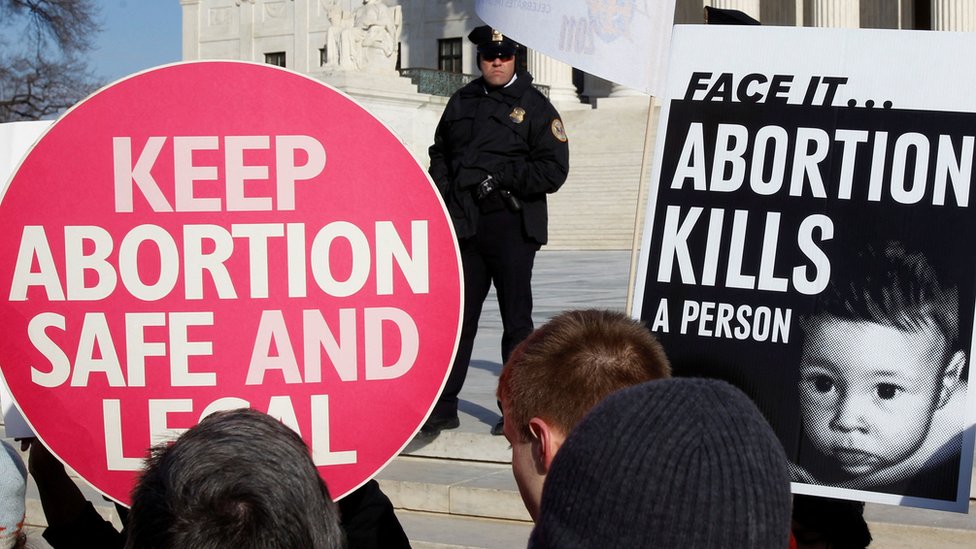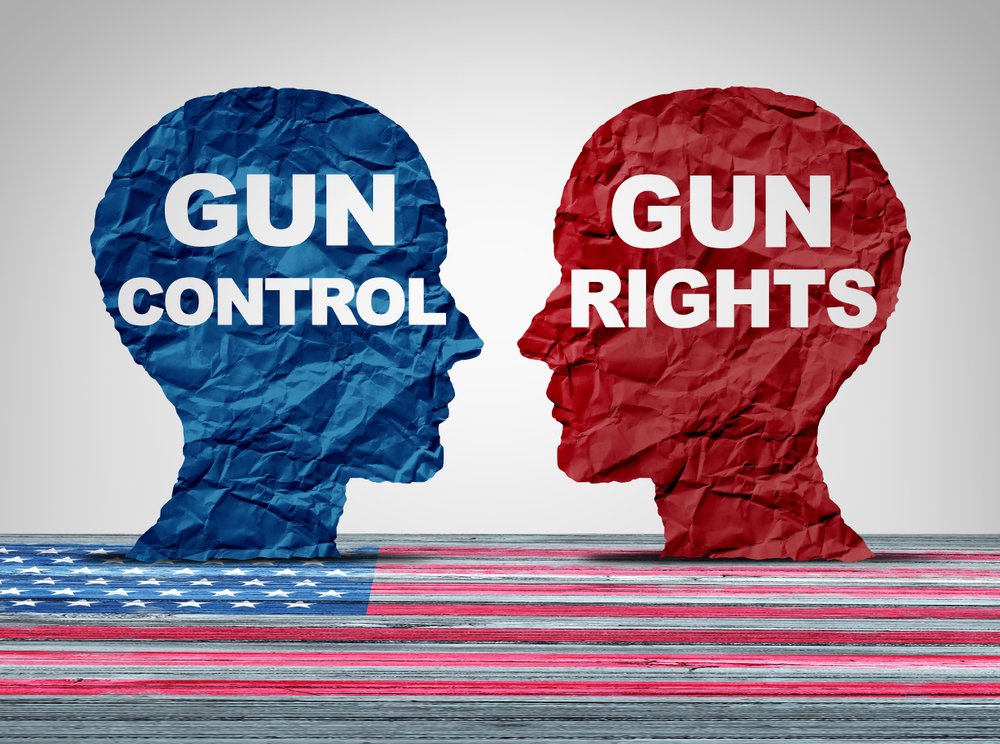My grandmother once gifted me a beautiful gold necklace with a Star of David pendant. She was so proud to give it to me, something that meant so much to her, to her people. I’m ashamed to admit it, but I knew I wasn’t going to wear it, no matter how much I loved it or her. I couldn’t tell her that, regardless of how far society may have come, the Jewish faith and its faithful still ran the risk of anti-Semitism and as a young kid, I lacked the confidence to be true to myself, my faith. Those days are long gone but I can easily recollect how those incidents have shaped me.
My very first experience of being singled out because I’m Jewish was in first grade. It was Easter season and my neighborhood was buzzing with bunny blow-ups, and trees donning fake decorated eggs. I had no idea what Easter was and didn’t care, they had me at painting eggs and chocolate rabbits. The rest didn’t seem to apply to me and my family. Well, that’s what I was soon to learn.
Miss Brown, my first-grade teacher, hopefully well-intentioned but clueless, was my introduction to feeling separate, different, isolated. It was a beautiful spring day as my classmates and I anxiously waited for Miss Brown to hand out eggs for us to decorate to celebrate this colorful, candy-filled extravaganza also known as Easter. I couldn’t wait. I planned on making full use of my talents as an aspiring ovum artist. Miss Brown made her way around our classroom handing out our shelled soon-to-be masterpieces. When she arrived at my desk, she handed me a beach ball. A beach ball. I was confused too. She offered a clumsy explanation. Something along the line of knowing I was Jewish and painting eggs was against my religion. Also, news to me.
Unfortunately, this was not the only instance where I felt isolated or singled out for being Jewish.
Growing up in a coastal Connecticut town, with little diversity, it wasn’t unusual that I would be the only student of Jewish descent in my class or grade. In fact, in a town of 60,000 people, 1.3% of the population practiced Judaism. The bias I witnessed was hurtful and occasionally came from the people I cared for most. Classmates carelessly made anti-Semitic comments, recited songs chanting “Meinhaumpf” and, occasionally, the oh-so-hilarious Holocaust jokes. The Holocaust was obviously hysterical to those unaffected by the complete decimation of millions of human beings. It was disturbing and could have easily shut me down.
It took a lot to defend my faith. I was terrified to draw further fire. However, I determined early on that every bullies’ kryptonite was confrontation. I had to dig deep to fight the urge to acquiesce to the ignorance, to conform. It was necessary for me to pick a team, so to speak. So, I did. My experiences proved to be the fuel I needed to find inspiration and discover my passion; inspiring change, fighting for equity and advocating for those who can’t advocate for themselves. I knew that if I wanted true equity for myself and my contemporaries, I would have to pursue a seat at every table where justice was being examined.
![Wildemere Beach, Milford,CT [OC] (3264x2448) : r/EarthPorn](https://i.redd.it/x824ojc8p8v41.jpg)

